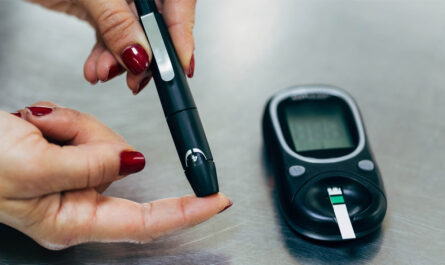
Introduction to Hospital Beds
Hospital beds play a crucial role in patient care and safety. They are designed to provide comfort and support to patients during their hospital stay and recovery process. There are two main types of hospital beds available – powered beds and manual beds. Both have their own pros and cons depending on the needs and condition of the patient.
Powered Hospital Beds
Powered hospital beds are electrically operated beds that can be adjusted automatically using a remote control or buttons on the bed frame. Some key features of powered hospital beds include:
Bed Height Adjustment
Powered hospital beds allow care providers as well as patients to easily adjust the height of the bed using buttons or remote controls. This helps patients get in and out of bed with minimal effort. The height can be raised or lowered depending on the need. For example, the bed may be lowered for easy transfers and raised for meals or activities.
Backrest Adjustment
In addition to height adjustment, powered beds also allow adjusting the backrest position and angle. Patients can effortlessly change between lying flat, semi-reclined, or fully reclined positions with a simple button press. This provides spinal support and pressure relief.
Legrest Adjustment
Some advanced powered hospital beds also feature leg adjustment options. The angle and position of the legrest section can be altered independently of the backrest using controls. This promotes circulation and blood flow in the legs.
Preset Position Settings
Many powered beds come programmed with customizable preset position settings like sitting, dining, therapy that can be recalled with one click. This simplifies repetitive movements required during care tasks and patient activities.
Battery Backup
Powered beds are equipped with battery backups to continue functioning briefly during power outages. This ensures patient safety and comfort is not compromised if there is a disruption in the building’s power supply.
Benefits of Powered Beds
– Reduce caregiver burden and injuries: Powered adjustment reduces the physical exertion required by nurses to position patients manually saving time and preventing musculoskeletal injuries.
– Improve mobility: Independent height and position adjustment encourages early mobilization and assists physical therapy programs.
– Enhance comfort: Customizable support positions help relieve pressure points and provide all-day comfort.
– Assist self-care: Empowers patients to care for themselves by allowing easy repositioning.
– Suitable for immobile patients: Ideal choice for non-ambulatory or limited mobility patients who cannot manipulate manual controls.
Manual Hospital Beds
Manual hospital beds do not have electric motors or powered mechanisms for adjustment. The height, backrest angle, and positioning is controlled manually using cranks, levers, or pull cords attached to the bed frame. Manual hospital beds have the following components:
Bed Height
Lever operated metal poles underneath allow caregivers to raise or lower the height of the bed frame by turning hand cranks. This requires physical effort.
Backrest Angle
A long handle or lever on the backrest section is used to tilt it forward or backward to desired angles. Considerable upper body strength is needed.
Brake System
Manual beds feature brakes on all four wheels that need to be individually locked and released for transfer of patient and positioning purposes. This can be tiresome.
Low Technology
Being mechanically operated, manual beds do not use complex electronics or batteries making them low maintenance with long product life.
Cost Effectiveness
The initial purchase and maintenance cost of manual beds is lower in comparison to expensive powered options. However, long term costs need to factor in staff injuries.
Benefits of Manual Beds
– Simple design with fewer moving parts results in higher durability.
– Do not rely on electricity so functions are not impacted during power outages.
– Initial equipment cost is lower reducing upfront capital expenses for healthcare facilities.
– May be preferable for facilities with basic functional needs and limited budgets.
Choosing between Powered and Manual Beds
When deciding between powered or manual hospital beds, factors like patient profile, functional requirements, and budget need assessment.
– Patients with limited mobility or full dependency will benefit more from powered adjustments for self-care.
– Manual beds require more physical exertion by caregivers moving and lifting immobile patients.
– Frequent repositioning needs are best supported through programmable functions of powered beds.
– Higher acuity facilities managing critical patients favor advanced features of powered beds.
– Budget conscious and basic needs units can use manual beds with cost in mind.
– Staff safety from lifting injuries with powered beds outweighs their higher initial investment.
To conclude, while manual beds keep costs low, powered hospital beds with their adjustable positions help optimize patient safety, care quality and staff efficiency especially for immobile patients with high dependency needs making them a preferred choice in modern healthcare settings. An evaluation of individual bed requirements is necessary to choose the right model.
*Note:
- Source: Coherent Market Insights, Public sources, Desk research
- We have leveraged AI tools to mine information and compile it

